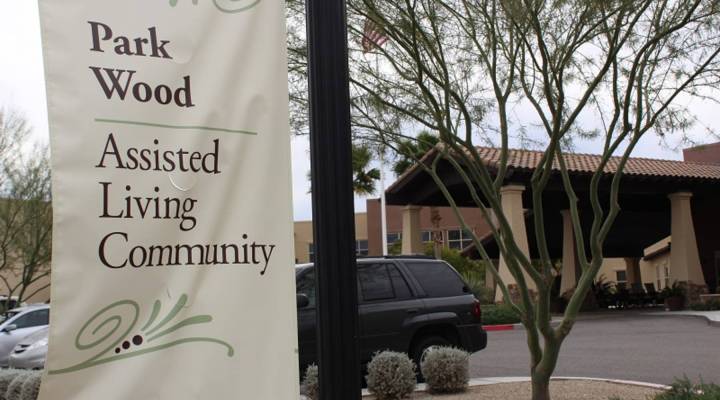
Elders don’t need an app for a Lyft

Phyllis Murchey is somewhat new to the Phoenix area. She moved to a Sunshine Retirement Living community from California about three months ago, and today she’s seeing a new doctor. At 91, she doesn’t have a driver’s license anymore, which can make transportation to appointments like this a little tricky.
“I have a daughter in Wittmann,” she explained. “But she works all week and can only come on Saturdays.”
But Murchey did find transportation to her doctor with Adam Fox in his red Chevy Cruze. Fox drives for Lyft, and this ride is part of a relatively new arrangement Murchey’s senior living community signed with the ride-sharing company.
- RELATED: Lyft co-founder says the company could be profitable by 2018
- Lyft’s president on driverless cars and background checks
- Uber and Lyft’s battle to attract new drivers
“As we have evolved as a company, we believe it translates very well into health care and to that segment of our business,” said Dan Trigub, who heads up Lyft’s elder mobility initiative. “And certainly for our elder population.”
For ride-sharing companies, competition for customers can be fierce, particularly among millennials. For seniors, however, especially those over the age of 80, there’s a lot of room to grow. The Phoenix area has become a testing ground of sorts for those companies to better serve this relatively untapped market.
Trigub said making his company’s app work for a population that doesn’t always have a smartphone has its challenges. That is why, to make this work, Lyft and other ride-sharing companies have entered partnerships with senior living communities. So all Murchey had to do to order her ride was call the front desk at the retirement home where she lives.
“We’ve had 30 percent of the residents in the pilot community take a ride through Lyft,” added Andrew Smith, the director of strategy and innovation at Brookdale, a national assisted living chain. He said at first, his company was unsure its residents would be comfortable with this type of service. But initial results are showing otherwise, as 50 percent of those residents are repeat riders.
Transportation expert Carol Wright, with the National Aging and Disability Transportation Center, said she isn’t surprised these partnerships are forming.
“If there are enough numbers of people who want a certain thing, the market is going to respond accordingly,” she said.
She added that with more than 20 percent of the population expected to be over the age of 65 in the next 15 years, the demand for flexible and reliable transportation options is likely to grow.
There’s a lot happening in the world. Through it all, Marketplace is here for you.
You rely on Marketplace to break down the world’s events and tell you how it affects you in a fact-based, approachable way. We rely on your financial support to keep making that possible.
Your donation today powers the independent journalism that you rely on. For just $5/month, you can help sustain Marketplace so we can keep reporting on the things that matter to you.












